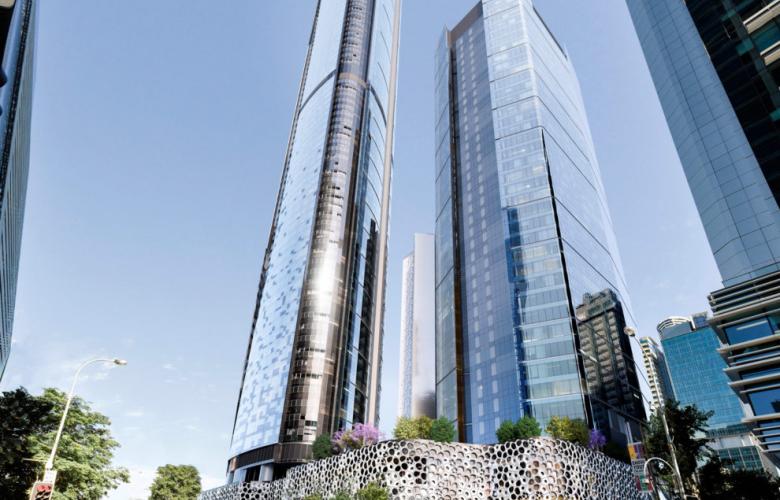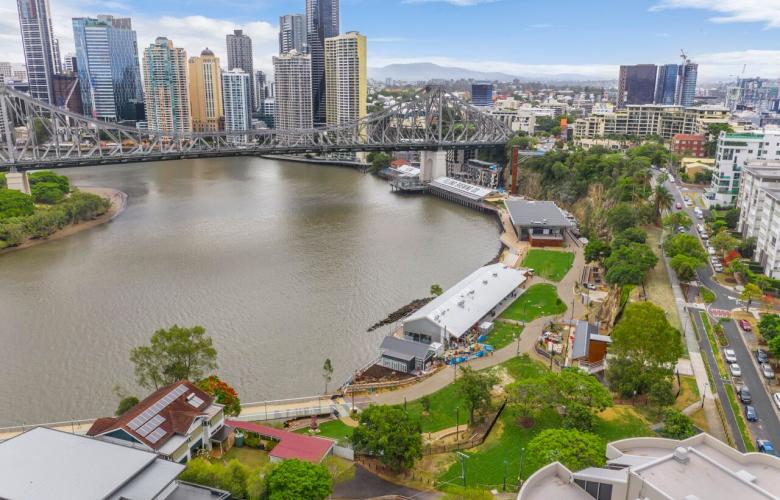Brisbane and Sydney building boom comes with a warning from Infrastructure Australia
Contact
Brisbane and Sydney building boom comes with a warning from Infrastructure Australia
Infrastructure Australia has called for a new approach to infrastructure planning in the midst of the major developments underway in Brisbane and Sydney.
It’s only January, but Sydneysiders and Brisbanites could be forgiven for thinking that 2019 will be the year of infrastructure in their respective cities.
On New Year’s Day, Brisbane’s Courier Mail outlined the city’s multi-billion dollar infrastructure rollout (Investors eye CBD infrastructure rollout), highlighting the impact that developments such as Queen’s Wharf, the Cross River Rail, and Brisbane Live were having on investment in the city’s CBD.
Less than a week later, against the backdrop of the ongoing Opal Tower saga, Sydney’s Daily Telegraph claimed the city was in the midst of its own multibillion dollar construction boom (Crane and Gain), revealing more than 5400 projects were applied for in the year to November 2018, the combined value of which was 50 per cent more than the prior year figure.
Both articles were preceded by an Infrastructure Australia report released in December, which focused on how best to plan for the rapid growth in Australia’s major cities.
Designed to provide advice to government, industry and the community, Planning Liveable Cities calls for a “complete overhaul of the way we deliver new housing and infrastructure in our largest cities”.
See links to relevant articles below:
Sydney
- Crown Sydney
- Western Sydney Stadium
- Australian Technology Park
- Lachlan's Line
- The Ribbon at Darling Harbour
Brisbane
- Queen's Wharf
- Northshore Parklands
- Brisbane Airport redevelopment
- Howard Smith Wharves
- Brisbane Quarter
“Australia’s largest cities are growing and changing at a rate not seen for more than 50 years,” he said. Infrastructure Australia Executive Director of Policy and Research, Peter Colacino said essential infrastructure and services such as public transport, roads, hospitals and schools are failing to keep pace with the delivery of new housing in growth areas of our largest cities.
“This brings economic, social and cultural opportunities for our cities, but if they are to remain great places to live, we need to balance growth in a way that works for the community.
“It is absolutely possible to grow our cities and maintain their character and world-class liveability, but we need to be smarter about how we plan for it.”
Infrastructure Australia projects that the nation’s population will grow by more than 11 million people from 2017 to 2047, with about 80 per cent of it expected to occur in Sydney, Brisbane, Adelaide, Perth and Melbourne.

A concept drawing of the completed Queen's Wharf development. Source: Queen's Wharf Brisbane
The report recommends there be a greater focus on strategic-level planning at a ‘place’ level, including “prioritising collaboration with the community to identify economic and social priorities that should not be compromised in order to cater for growth”.
Mr Colacino said this approach requires better collaboration across levels of government and a greater focus on strategic-level planning.
“We want communities to have a say about the kind of places they want to live in and their future infrastructure needs,” he said.
“The approach recommended in this report will enable governments to link the delivery of infrastructure and housing, to ensure people have access to a good local park and playground, a well-located school and health service and a frequent and reliable local bus.”
Sources: Infraastructure Australia, Daily Telegraph, Courier Mail.
Similar to this:
Infrastructure Australia calls for a renewed commitment to infrastructure reform
Infrastructure boom will reduce Sydney’s 'door-to-desk' times, predicts Raine & Horne












